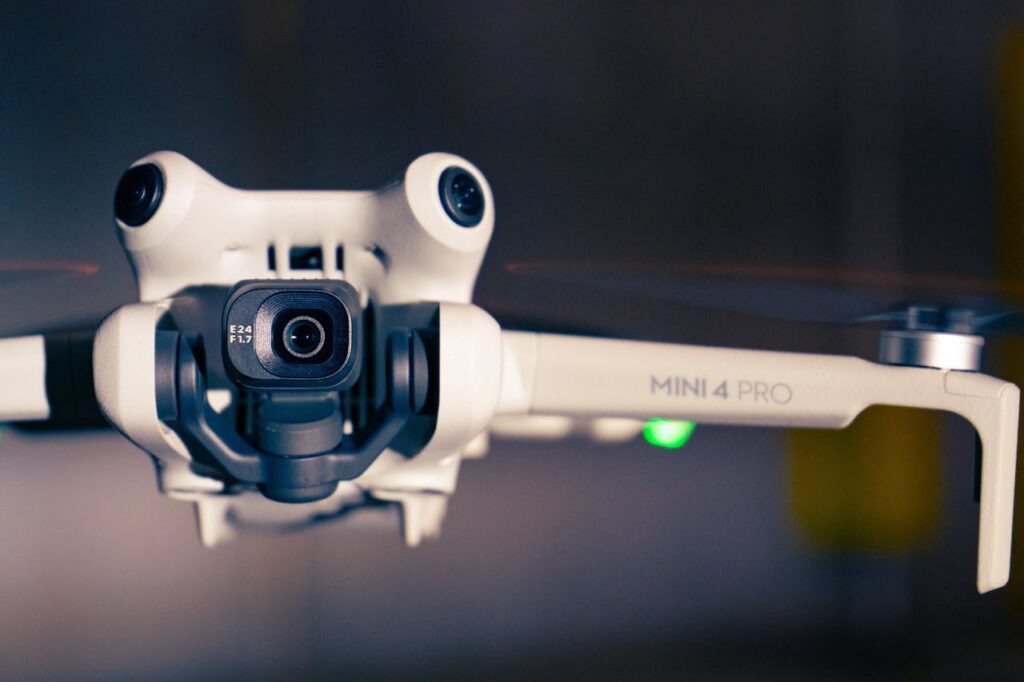Texas’ controversial drone law case could be headed to Supreme Court
By DRONELIFE Features Editor Jim Magill
The U.S. Supreme Court is expected to decide within the next several months whether to hear the appeal of a decision to uphold a Texas law that severely restricts the use of drones by photojournalists and others.
Plaintiffs in the case of National Press Photographers Association vs Higgins have filed a Petition for a Writ of Certiorari, seeking to appeal a 5th Circuit Court decision to reverse a lower court’s ruling overturning the state law, on grounds that it violated the First Amendment of the U.S. Constitution. The High Court will decide as to whether or not to take up the issue of the appeal at a conference in September or October, Mickey Osterreicher, an attorney for the NPPA told DroneLife.
The odds are long that the High Court will decide to hear the case. Each year, the court receives between 7,000 and 8,000 petitions for a writ of certiorari and only grants and hears oral argument in about 80 cases.
Still, Osterreicher said that there are indications that the justices on the high court might consider the constitutional implications of the case sufficient to grant it a hearing.
“We filed a petition for cert in front of the U.S. Supreme Court, and they’ve asked for additional briefing on that. So, we’re keeping our fingers crossed that maybe they will grant cert and hear the case and hopefully rule on it in our favor,” he said.
A deadline for filing additional briefings on the case comes up this month, he said.
The law, Chapter 423 of the Texas Government Code, is considered one of the strictest in the country in terms of drone use by journalists and non-commercial actors. It prohibits capturing with a drone any “image of an individual or privately owned real property” with the intent to “conduct surveillance” and bars publication of such images.
In 2019 two groups representing photojournalists, the National Press Photographers Association and the Texas Press Association, and Texas-based photojournalist Joseph Pappalardo filed a federal suit in US District Court for the Western District of Texas Austin Division challenging the law.
After hearing arguments in the case, U.S. District Judge Robert Pitman struck down the law in March 2022, ruling that it was unconstitutional and could not be enforced by any government or police entity. However, in October 2023, a three-judge panel of the 5th Circuit Court of Appeals on Oct. 23 overturned that ruling, finding that the plaintiffs had failed to prove that Chapter 423 violated the First Amendment rights of photojournalists.
In their petition to the Supreme Court, plaintiffs’ attorneys asked the high court justices to decide two questions:
- Do journalists and news organizations whose First Amendment rights are chilled by an ambiguous criminal law have standing to bring a facial void-for-vagueness due process challenge?
- What level of scrutiny applies to a law using content- and speaker-based distinctions to prohibit taking and publishing certain drone images?
Osterreicher said that if the restrictive Texas law were to be allowed to stand, it could encourage other states to enact similar legislation impeding the rights of photojournalists to use drone-captured images in their work.
“I think that was one of our worries when we brought the Texas suit and why we were very pleased with the district court decision and why we are very disturbed by the 5th Circuit’s reversal of that. We were worried that these sorts of vague and overbroad laws are going to chill the First Amendment rights of journalists to use drones for news gathering,” he said.
The Supreme Court’s decision on whether to take up the case is coming at a time when troubling news stories about the use of drones is adding to the public’s overall negative perception over the increased presences of UAVs in America’s skies.
“It doesn’t help when we see reports of drones being used as weapons in the Middle East and in Ukraine,” he said. He also pointed to news reports that the shooter who attempted to assassinate Donald Trump used a drone to conduct surveillance of the fairgrounds where the former president was scheduled to speak.
Regardless of these challenges, Osterreicher said the NPPA continues to advocate on behalf of photojournalists for the expansion of drone usage. For example, the association was a signatory to a recent letter sent by a coalition of business groups to the FAA urging the agency to speedily adopt a new rule for BVLOS drone flights.
“I think it’s the next step in the use of drones, being able to operate beyond the visual line of sight. As the technology improves, the fact that being able to use it beyond the sight of the operator or visual observers would be a natural next step,” he said. “Just like flights over people and night flights, we’ve seen all of these other things develop and advance as the technology becomes better.”
Read more:
- Controversial Texas Drone Law Re-Instated, in a Blow for Journalists
- Texas Drone Law Struck Down: Restrictions Violate First Amendment Rights
- Texas Drone Law Places Severe Restrictions on Aerial Photography, Videography
Miriam McNabb is the Editor-in-Chief of DRONELIFE and CEO of JobForDrones, a professional drone services marketplace, and a fascinated observer of the emerging drone industry and the regulatory environment for drones. Miriam has penned over 3,000 articles focused on the commercial drone space and is an international speaker and recognized figure in the industry. Miriam has a degree from the University of Chicago and over 20 years of experience in high tech sales and marketing for new technologies.
For drone industry consulting or writing, Email Miriam.
TWITTER:@spaldingbarker
Subscribe to DroneLife here.
